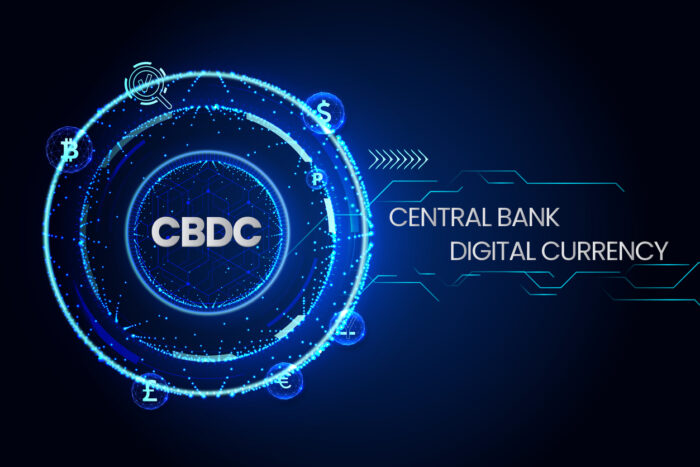The Society for Worldwide Interbank Financial Telecommunication (SWIFT) has published the findings of its second phase sandbox testing of central bank digital currency (CBDC) interlinking.
SWIFT Plans New Central Bank Digital Currency Platform for Cross-Border Transfers

This solution, known as the connector, reportedly enables the seamless incorporation of the use of CBDCs into business practices.
Thirty-eight institutions participated in the experiment, including central commercial banks and markets. These included global leaders such as Deutsche Bank, Société Générale, ANZ and Citibank. The outcomes showed the innovation simplifies and expedites trade flows, promotes growth in tokenised securities, and streamlines forex transactions while letting institutions use existing infrastructure.
SWIFT intends to forge ahead with its beta version of the connector, which will concentrate on smart contracts, secure token transactions, sustaining data, and the programmability of virtual tokens.
Don’t miss out the latest news, subscribe to LeapRate’s newsletter
The initial testing started in September 2023. According to SWIFT, this solution enables cross-border transfers and connects CBDCs across different networks. It also links digital currencies with fiat currencies.
The second phase focused on more complex transactions. It investigated the efficiency of trades between digital tokens, forex networks and CBDCs as payments. SWIFT reported that it had executed more than 750 transactions during this sandbox testing. Tom Zschach, SWIFT’s chief innovation officer, said:
Swift is a community – a convener of and for our industry – and I’m delighted that we’ve been able to facilitate these critical innovation experiments and show that institutions can continue to use much of their existing infrastructure alongside new, innovative technologies. Fragmentation is a challenge for the entire industry, and ensuring interoperability between networks is vital to addressing this while also enabling new technologies to scale and reach their full potential.